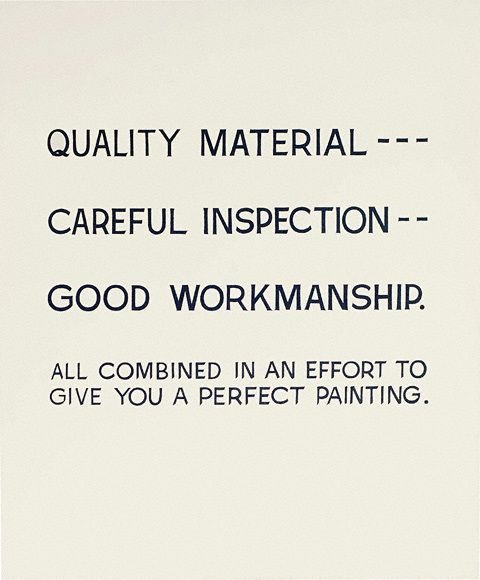
Language to be Looked at and/or Things to be Read
Alice Strete, Over Under
IMA 78065: Language to be Looked at
Spring 2023, Thursday 2:10 pm to 5 pm
Room: 543 Hunter North
Instructor: Andrew Demirjian
Office: 520G Hunter North
Office hours:
Tuesday 1 pm - 3 pm (via Zoom)
Wednesday 3 – 4 pm (in person)
and by appointment
Please contact me via email if you want to meet during office hours (I may have other students scheduled)
Email: ademirji@hunter.cuny.edu
Link to Google Drive (in-class files)
NEW SYLLABUS as of March 31st
Paula Claire
This course is a critical and creative exploration of language as a visual and sonic medium. We will examine historical movements, theoretical positions, critical writings and analyze the aesthetic approaches of a wide range of artists who work with language as an essential part of their creative output. Students will develop a substantial new artwork for their portfolio based on theoretical, aesthetic and technical information learned throughout the course. The course is designed to provide multiple methodologies, systems and frameworks for engaging with language as an artistic expression. We will delve into creative approaches to working with large quantities of non-fiction textual materials from archival corpora to thousands of Tweets.
An interdisciplinary set of practices that work with words will be covered including sound poems, conceptual writing, language in conceptual art, video poems, the manipulation of books, web poetry, erasure, the cut-up method, post-internet poetry, textual scores, social media interventions and electronic literature. In addition, we will explore and engage with collaborative writing techniques, examining methodologies that foster collective authorship. Examples of possible creative projects students in the course might create include video poems with expressive use of typography, a text-centered audio/visual installation, a series of sound poems, a computer program that produces a novel or a continually evolving re-combinatory poem to name just a few possibilities.
Required Readings:
Due dates for excerpts listed in the syllabus
Books:
Bergvall et al., eds. I’ll Drown My Book: Conceptual Writing By Women
Marjorie Perloff, Unoriginal Genius: Poetry by Other Means in the New Century
Articles:
Three excerpts from Conceptual Writing by Women: Inger Christensen, Marcella Durand, Anne Portugal
“Six Selections from the Oulipo” by Queneau & Lescure (just the first two pieces ‘One Hundred Thousand Billion Poems’ & ‘A Brief History of the Oulipo’
“Think Again” by Charles Harrison
“The Aesthetics of Erasure” by Benson & Sweeney
Pro Forma: Language/Text/Visual Art vol. 1, "Templates for Walking Theatre (2000 - 2003)" by Luis Jacob
“The Time of Digital Poetry” by N. Katherine Hayles from New Media Poetics: Contexts, Technotexts, and Theories
“Conceptual Computing and Digital Writing” by Nick Montfort
“Leaking Subjects and Bounding Boxes: On Training AI” by Elisa Giardina Papa
Millennium Film Journal review of We Send our Signal by Elizabeth Lowe
Turning the Whole Thing Around by David Beech
Prompts, sketches & questions for readings:
1. Week one
2. Week two
4. Week three
5. Week four
6. Week five
7. Week six
8. Research Presentation Guidelines
10. Week seven (refine in-class prompts)
In-class slides
1. Introduction
4. Visual Form as Writing / Writing as Visual Form
6. Erasure
7. Sound Poetry
12. Controlling text w/ audio amplitude tutorial passcode: ^6d2ym4i
14. Tansy’s Conceptual Computing Presentation




